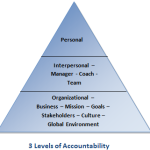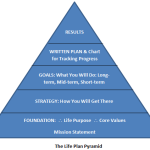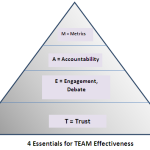 Starting to write your expert ebook is not the first step. What comes before ebook writing is key –
Starting to write your expert ebook is not the first step. What comes before ebook writing is key –
- Research what readers want most
- Find out what other books have been done
- Decide what you have to say that will make a difference
Without smart preparation, you’ll find yourself bogged down with too much information and lack of focus. Fortunately there are online tools that will help you discover more about your ebook topic.
Amazon.com makes it easy for you to find out other titles, readers’ reviews and sales results. Survey tools like SurveyMonkey makes polling easy. As an expert, you can ask colleagues as well as clients for their ideas and opinions. And of course you can use social media pages to ask for other people’s perspectives. Read More→














